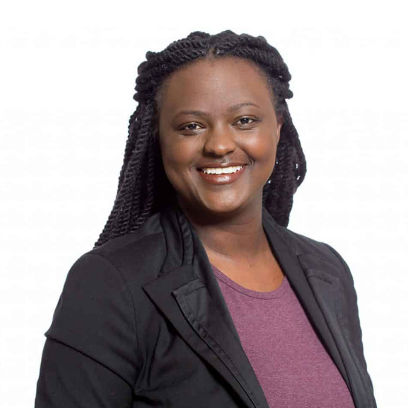Launch of documentary on innovations for recycling nutrients from agriculture and wastewater.
Today (30 January) sees the launch of the short film Sea of Opportunity. The 18-minute film was produced by the EU co-funded project BONUS RETURN and will be available at 1600 CET at www.bonusreturn.eu.
Sea of Opportunity showcases three innovative technologies that can recapture phosphorus and nitrogen for reuse in agriculture: BioPhree, from Aquacare in the Netherlands; Ultra from TerraNova in Germany; and Ravita from HSY in Finland. The three were winners of a competition run by BONUS RETURN to identify promising technologies in the EU.
The film, which is shot in the project’s three case study river basins –Vantaanjoki, Finland, Fyrisån, Sweden and Słupia, Poland – also features innovators and sustainability experts discussing what is needed for these technologies, and nutrient recycling more broadly, to take root in the Baltic Sea Region.
“In a nutshell, the film highlights how policy coherence and improved linkages to markets need to fall into place to accelerate a transition to a circular economy for nutrients that are essential to agriculture, but environmentally devastating when they wash off farmland into the Baltic, as they do now,”
– said Karina Barquet, Project Coordinator for BONUS RETURN and a Research Fellow at Stockholm Environment Institute, which led the production of Sea of Opportunity.
The film also discusses the impact on nutrient recycling of key EU regulations.
“At the EU level we are working on restoring the impacts of nutrient overload [on the Baltic Sea] and creating incentives for market-based opportunities,”
– says Jakob Granit, Director General of the Swedish Agency for Marine and Water Management, in the film.
“With the new EU fertilizer regulation, this clean phosphorus will probably become more expensive, but there will also be a larger market for innovative solutions. In Sweden, we have goals of increased food production, so we really have no choice but to increase recycling of nutrients, and the sooner the better,” says Wessling.
“A key element in the so-called EU end-of-waste criteria is that when we process waste and use it to produce fertilizers, we should have open access to the fertilizer market,” says Wójtowicz.
— Sten Stenbeck, Senior Project leader at RISE Research Institutes of Sweden.
The film and new case studies from Sweden, Finland and Poland
To read more about work done in BONUS RETURN’s case study river basins, download the new Policy Briefs focusing on Vantaanjoki in Finland, Słupia in Poland and Fyrisån in Sweden.
The role of gypsum soil amendments in reducing coastal nutrient run-off in Finland
Implications of new policies on management of sewage sludge for a Swedish municipality
For interviews or further information, please contact:

Karina Barquet


